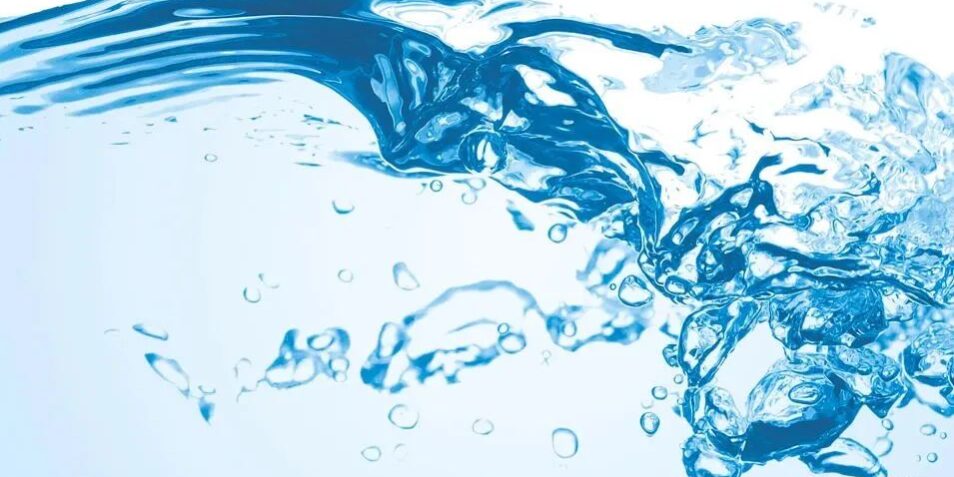Learn more about silicone defoamer
Defoamer, also known as antifoam, is used to suppress or eliminate harmful foam produced during various production processes. Foam is a dispersion system of gas in liquid. The gas becomes many bubbles separated by a continuous phase of liquid, in which the gas is the dispersed phase and the liquid is the dispersion medium. Foam is a thermodynamically unstable system. This is because the total liquid surface area of the system is greatly reduced after the foam is eliminated, thereby reducing the free energy of the system. Different defoaming systems can have different defoaming mechanisms. Commonly used defoaming agents generally have very little solubility in the foaming liquid and have low surface tension. When a defoaming agent is added to the foam system, the droplets of the defoaming agent enter the bubble film. Since the surface tension of the part of the film that contacts the defoamer is significantly reduced, while the surface tension around the foam barely changes, the liquid film quickly drains and becomes thinner. The droplets of the defoaming agent can therefore cross the liquid film, extend due to the contraction of the film, and break, eventually causing the foam to burst to achieve the purpose of defoaming. There are many types of defoaming agents, including silicone, polyether, grease, fatty acid, phosphate ester, alcohol, ether, amine, etc. Compounds used as defoaming agents generally meet the following conditions:
① The surface tension of the defoaming agent is smaller than the surface tension of the foaming liquid;
② The defoaming agent is insoluble in the foaming liquid;
③ The defoaming agent can be well dispersed in the foaming liquid or maintain good contact.
At the same time, in order to obtain the best defoaming effect, the defoaming agent should be added before foam occurs. Of course, in case of emergency, you can also join in at any time to burst the generated bubble.
Among all defoaming agents, silicone and polyether defoaming agents have superior performance, a wide range of applications, and many varieties. At present, most of the varieties developed and produced at home and abroad are mainly in these two categories. In particular, silicone defoamer has been recognized as an ideal and most promising defoamer due to its excellent properties. Silicone defoaming agents are usually used together with hydrophobic modified silica particles for better results. This is mainly due to the interfacial activity of solid particles, commonly known as the Pickering phenomenon, which makes it easier for defoaming agent droplets to enter the bubble film.
The advantages of silicone defoamer are as follows:
① Wide application: Due to the special chemical structure of silicone, it is neither soluble in water or liquids containing polar groups, nor compatible with hydrocarbons or organic substances containing hydrocarbon groups. Therefore, silicone defoaming agents are suitable for defoaming in water systems and can also be used in oil systems, so they have a wide range of applications.
② Small surface tension: The surface tension of medium-viscosity silicone oil is about 20-21mN/m, which is much smaller than the surface tension of water (72mN/m) and other ordinary liquids.
③ Strong defoaming ability. Silicone defoaming agent can not only effectively break the foam that has been generated, but also significantly inhibit the formation of foam. Its usage is very small, and only one millionth of the weight of the foam system is added to produce a defoaming effect. Its commonly used dosage range is (1 to 100) × 10-6 (1 to 100 ppm).
In addition, silicone defoaming agents have other advantages of polysiloxane compounds, such as high thermal stability, good chemical stability and physiological inertness. Due to the above-mentioned characteristics of silicone defoaming agents, they are increasingly used to replace other types of defoaming agents, especially in the pharmaceutical, medical, food, fermentation and other industries. Their role is to eliminate other types of defoaming agents. Incomparable.
Silicone defoaming agents are widely used in petroleum, chemical industry, electroplating, printing and dyeing, pulp/paper making, sugar making, fermentation, medicine, medical treatment, food, water and wastewater treatment and other fields. As an auxiliary in the production process, silicone defoamer can improve the efficiency of filtration, dehydration, washing and other processes, improve the discharge effect of various wastewater containing suspended solids, increase the storage capacity of various containers, and improve distillation or Efficiency of evaporation equipment. The quality of polished products such as paints, coatings or adhesives can be improved by using appropriate defoamers, as foam can cause messy and uneven “stains” or “pinholes” in the paint film or coating. In the paper industry, the quality, cleanliness and productivity of pulp and paper products can be improved through the use of formulated defoamers. In recent years, defoaming agents have also been found to be of great use in energy and water conservation. Many municipal and industrial water treatment installations currently use defoamers to eliminate visible foam, thereby eliminating the need for aeration tanks and storage tank facilities and significantly reducing water consumption.







